To black holes merged and flew away.
A supermassive black hole that doesn’t appear to be where we would expect seems to be travelling at more than a thousand kilometres per second – the result of a giant cosmic collision.
By Alex Wilkins
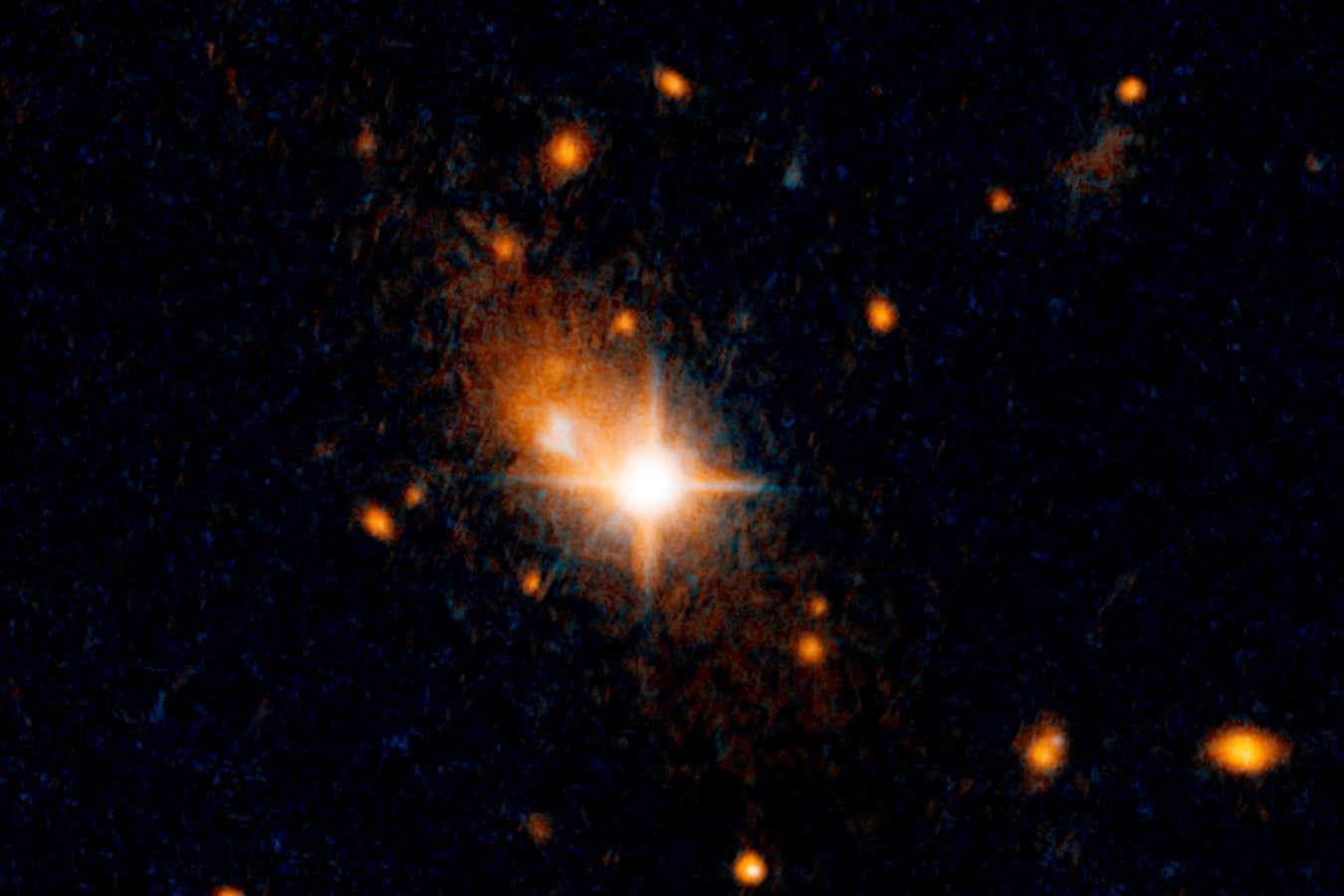
To black holes merged and flew away.
A supermassive black hole that doesn’t appear to be where we would expect seems to be travelling at more than a thousand kilometres per second – the result of a giant cosmic collision.
By Alex Wilkins
In human engineering, we design systems to be predictable and controlled. By contrast, nature thrives on systems where simple rules generate rich, emergent complexity. The computational nature of the universe explains how simplicity can generate the complexity we see in natural phenomena. Imagine being able to understand everything about the universe and solve all its mysteries by a computational approach that uses very simple rules. Instead of being limited to mathematical equations, using very basic computational rules, we might be able to figure out and describe everything in the universe, like what happened at the very beginning? What is energy? What’s the nature of dark matter? Is traveling faster than light possible? What is consciousness? Is there free will? How can we unify different theories of physics into one ultimate theory of everything?
This paradigm goes against the traditional notion that complexity in nature must arise from complicated origins. It claims that simplicity in fundamental rules can produce astonishing complexity in behavior. Entering the Wolfram’s physics project: The computational universe!
Thousands of hours have been dedicated to the creation of this video. Producing another episode of this caliber would be difficult without your help. If you would like to see more, please consider supporting me on / disculogic, or via PayPal for a one-time donation at https://paypal.me/Disculogic.
Chapters:
00:00 Intro.
01:48 Fundamentally computational.
08:51 Computational irreducibility.
13:14 Causal invariance.
16:16 Universal computation.
18:44 Spatial dimensions.
21:36 Space curvature.
23:52 Time and causality.
27:12 Energy.
29:38 Quantum mechanics.
31:31 Faster than light travel.
34:56 Dark matter.
36:30 Critiques.
39:15 Meta-framework.
41:19 The ultimate rule.
44:21 Consciousness.
46:00 Free will.
48:02 Meaning and purpose.
49:09 Unification.
55:14 Further analysis.
01:02:30 Credits.
#science #universe #documentary
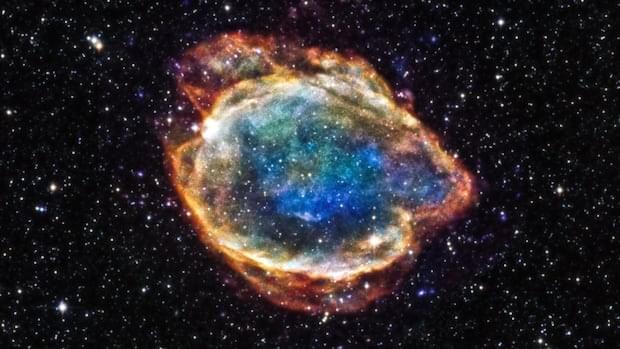
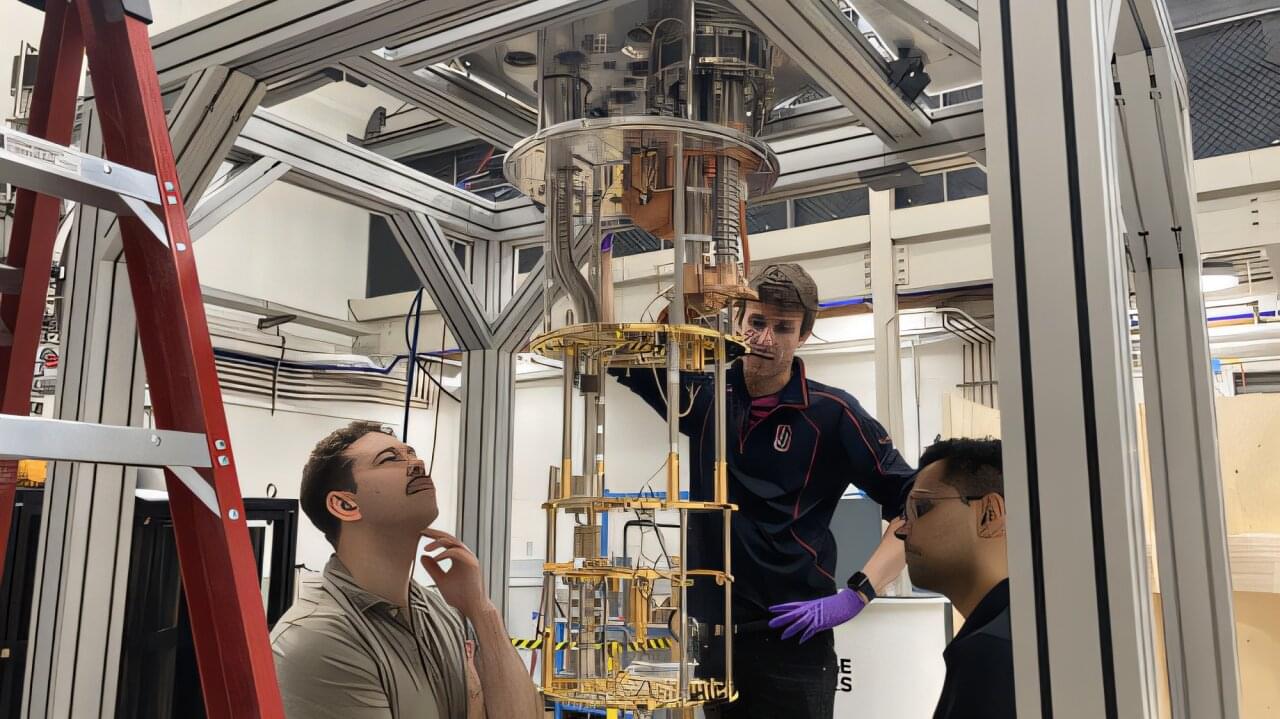
The Axion Longitudinal Plasma Haloscope (ALPHA) experiment reached a milestone on February 24 with the successful installation of a Bluefors helium dilution fridge at the site of the experiment in Wright Lab.
ALPHA will extend the search for a hypothetical dark matter candidate—a very low-mass particle called the axion—to a higher mass range than has been searched for previously.
Michael Jewell, associate research scientist in physics and a member of Yale’s Wright Lab is the ALPHA project technical coordinator. Jewell explained, “In order for ALPHA to achieve its physics goal, we need to limit any potential noise source. For us, the biggest source of noise is thermal noise from the experiment. So we operate the whole experiment in the coldest commercially available systems, which are helium dilution fridges that are able to cool down to ~10 millikelvin (mK).”
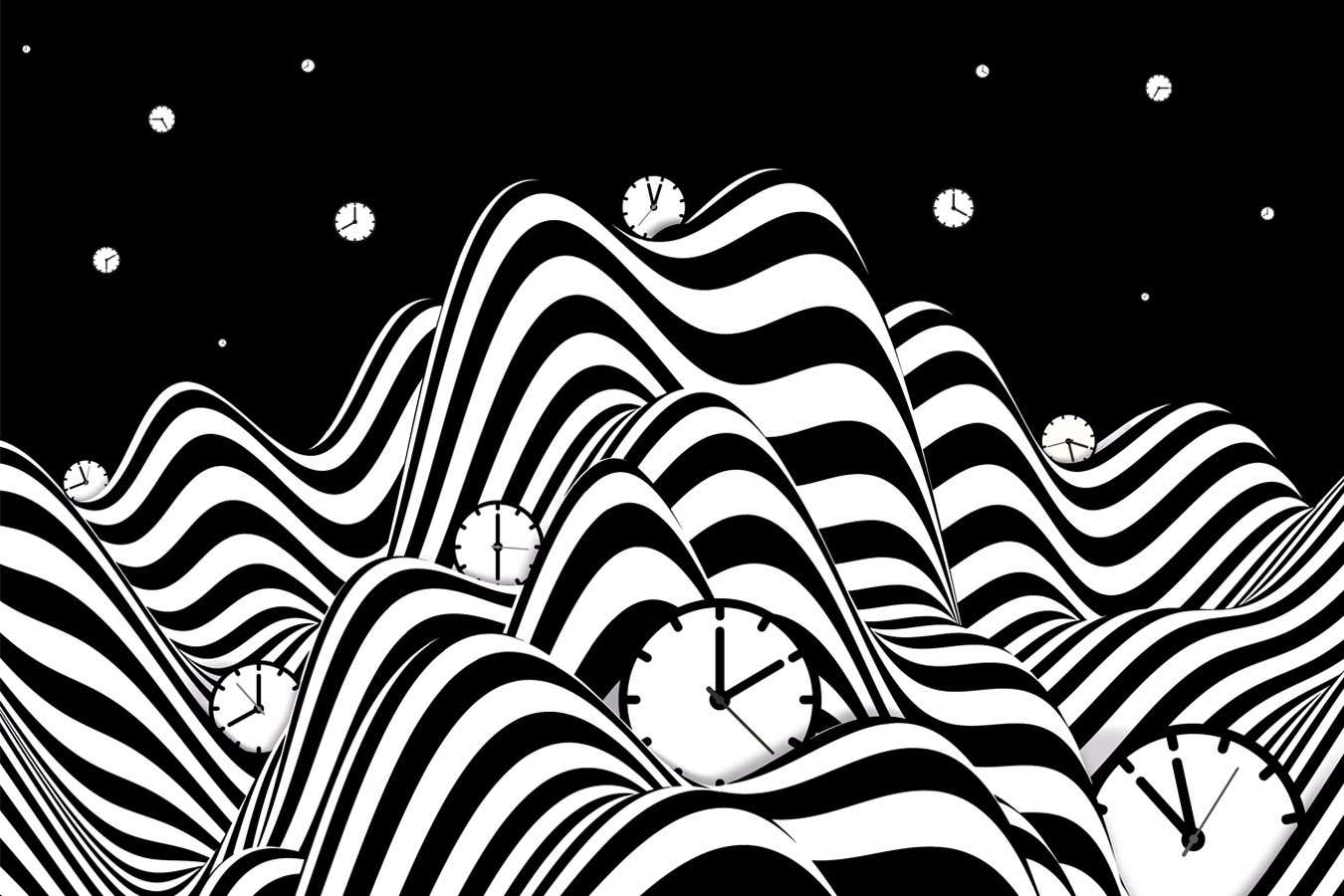
A strange new conception of how time warps across the universe does away with cosmology’s most mysterious entity, dark energy.
By Stuart Clark
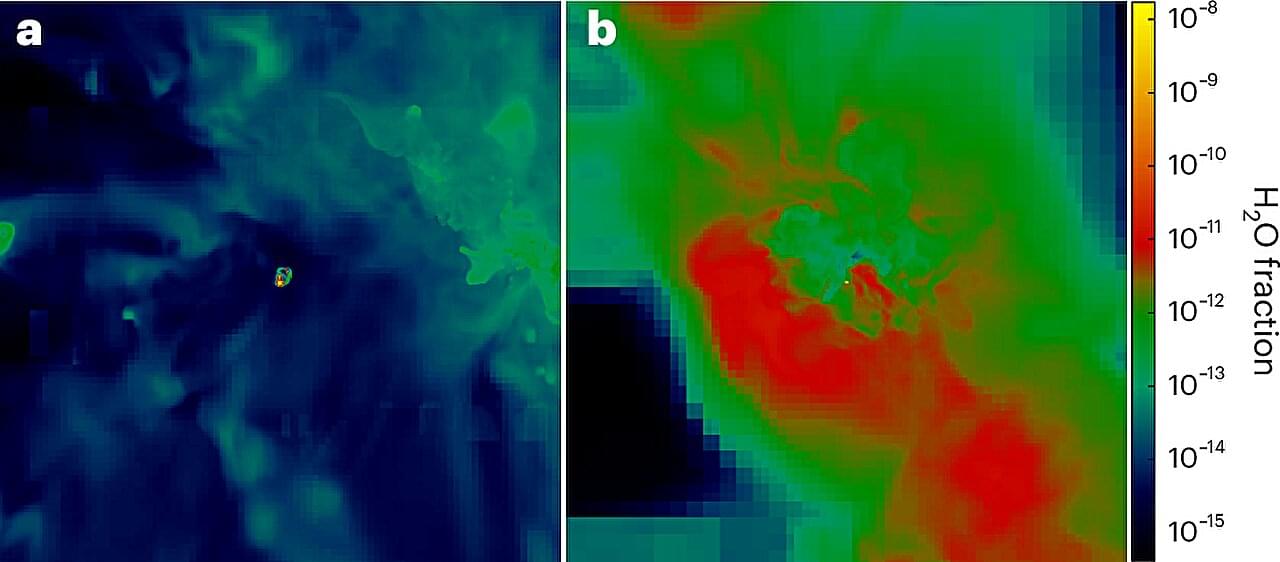
Water may have first formed 100–200 million years after the Big Bang, according to a modeling paper published in Nature Astronomy. The authors suggest that the formation of water may have occurred in the universe earlier than previously thought and may have been a key constituent of the first galaxies.
Water is crucial for life as we know it, and its components—hydrogen and oxygen—are known to have formed in different ways. Lighter chemical elements such as hydrogen, helium and lithium were forged in the Big Bang, but heavier elements, such as oxygen, are the result of nuclear reactions within stars or supernova explosions. As such, it is unclear when water began to form in the universe.
Researcher Daniel Whalen and colleagues utilized computer models of two supernovae—the first for a star 13 times the mass of the sun and the second for a star 200 times the mass of the sun—to analyze the products of these explosions. They found that 0.051 and 55 solar masses (where one solar mass is the mass of our sun) of oxygen were created in the first and second simulation, respectively, due to the very high temperatures and densities reached.
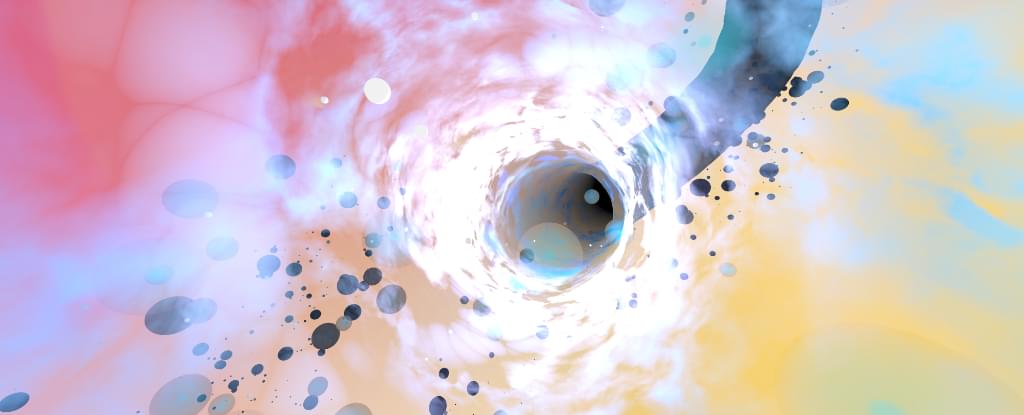
In 1974, science fiction author Larry Niven wrote a murder mystery with an interesting premise: could you kill a man with a tiny black hole?
I won’t spoil the story, though I’m willing to bet most people would argue the answer is clearly yes. Intense gravity, tidal forces, and the event horizon would surely lead to a messy end.
But it turns out the scientific answer is a bit more interesting.
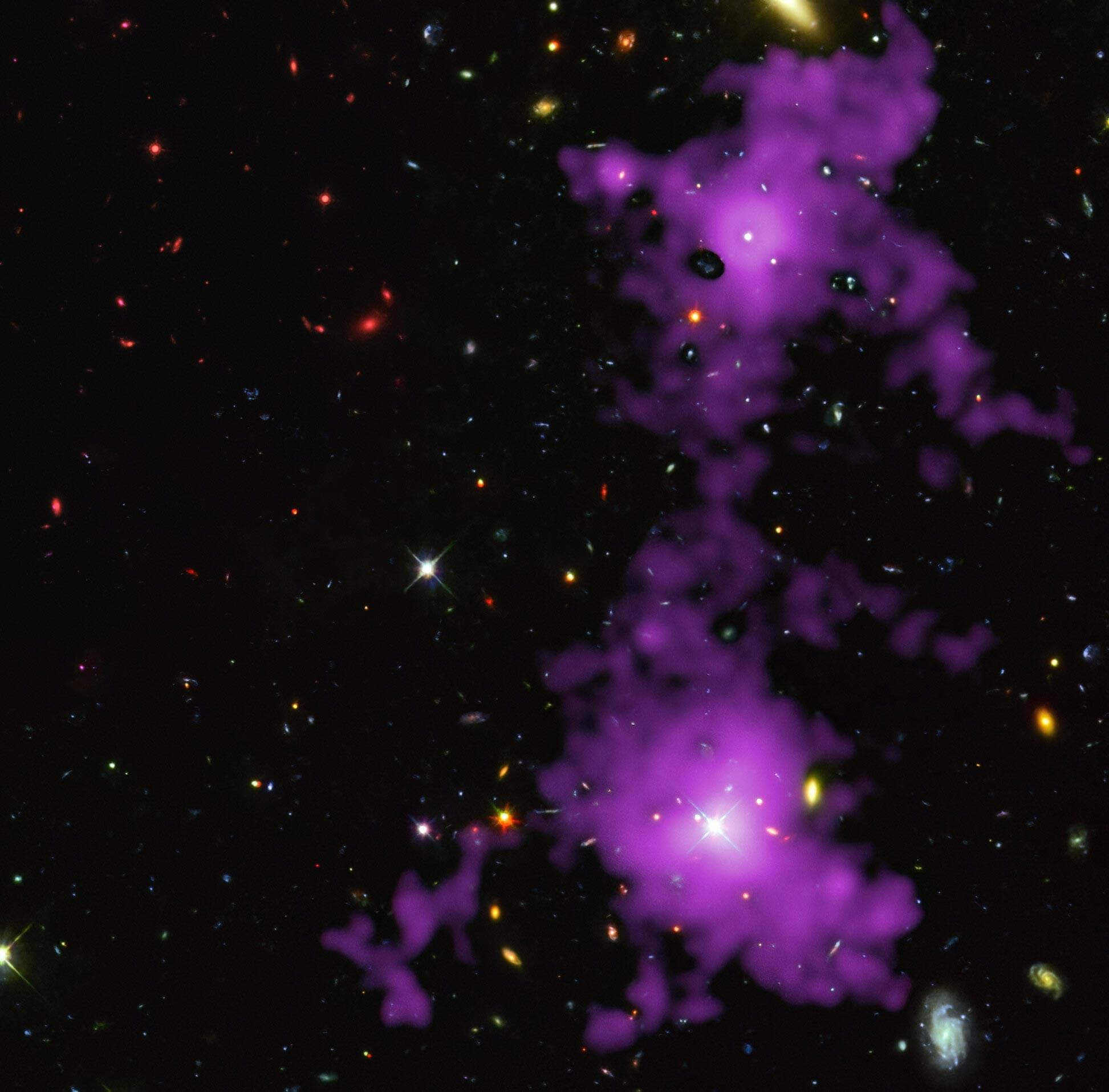
Dark matter, though invisible, weaves a vast cosmic web that binds galaxies together. For the first time, astronomers have captured a sharp image of one of these filaments, stretching 3 million light-years through space.
Using the powerful MUSE
The Multi Unit Spectroscopic Explorer (MUSE) is a panoramic integral-field spectrograph on ESO’s Very Large Telescope in Chile. It operates in the visible wavelength range and helps astronomers reveal objects that cannot be found in imaging surveys.
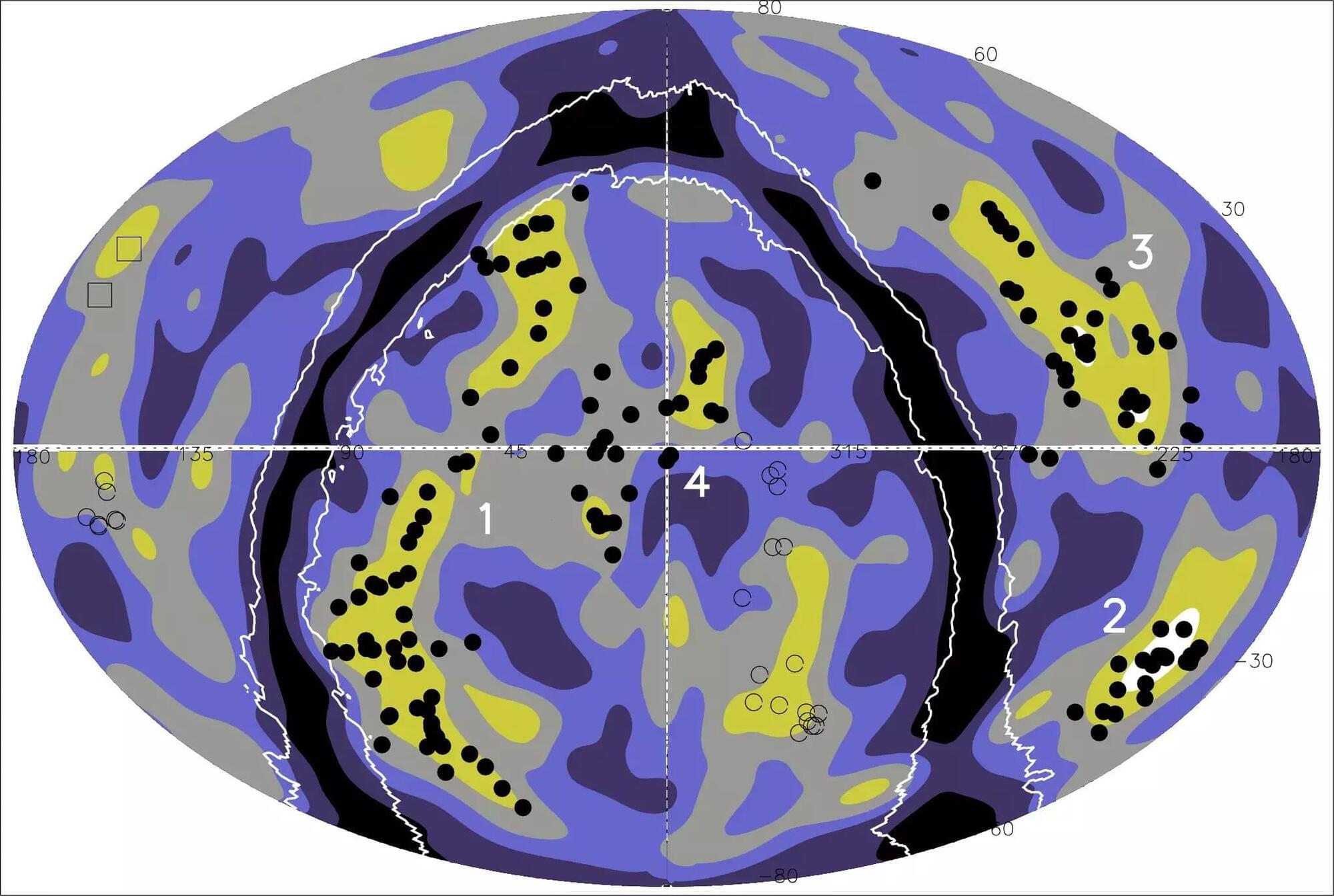
Scientists have uncovered “Quipu,” the largest known galactic structure, stretching 1.4 billion light-years. This discovery reshapes cosmic mapping and affects key measurements of the universe’s expansion.
A team of scientists has identified the largest cosmic superstructure ever reliably measured. The discovery was made while mapping the nearby universe using galaxy clusters detected in the ROSAT X-ray satellite’s sky survey. Spanning approximately 1.4 billion light-years, this structure — primarily composed of dark matter — is the largest known formation in the universe to date. The research was led by scientists from the Max Planck Institute for Extraterrestrial Physics and the Max Planck Institute for Physics, in collaboration with colleagues from Spain and South Africa.
A Vastly Structured Universe
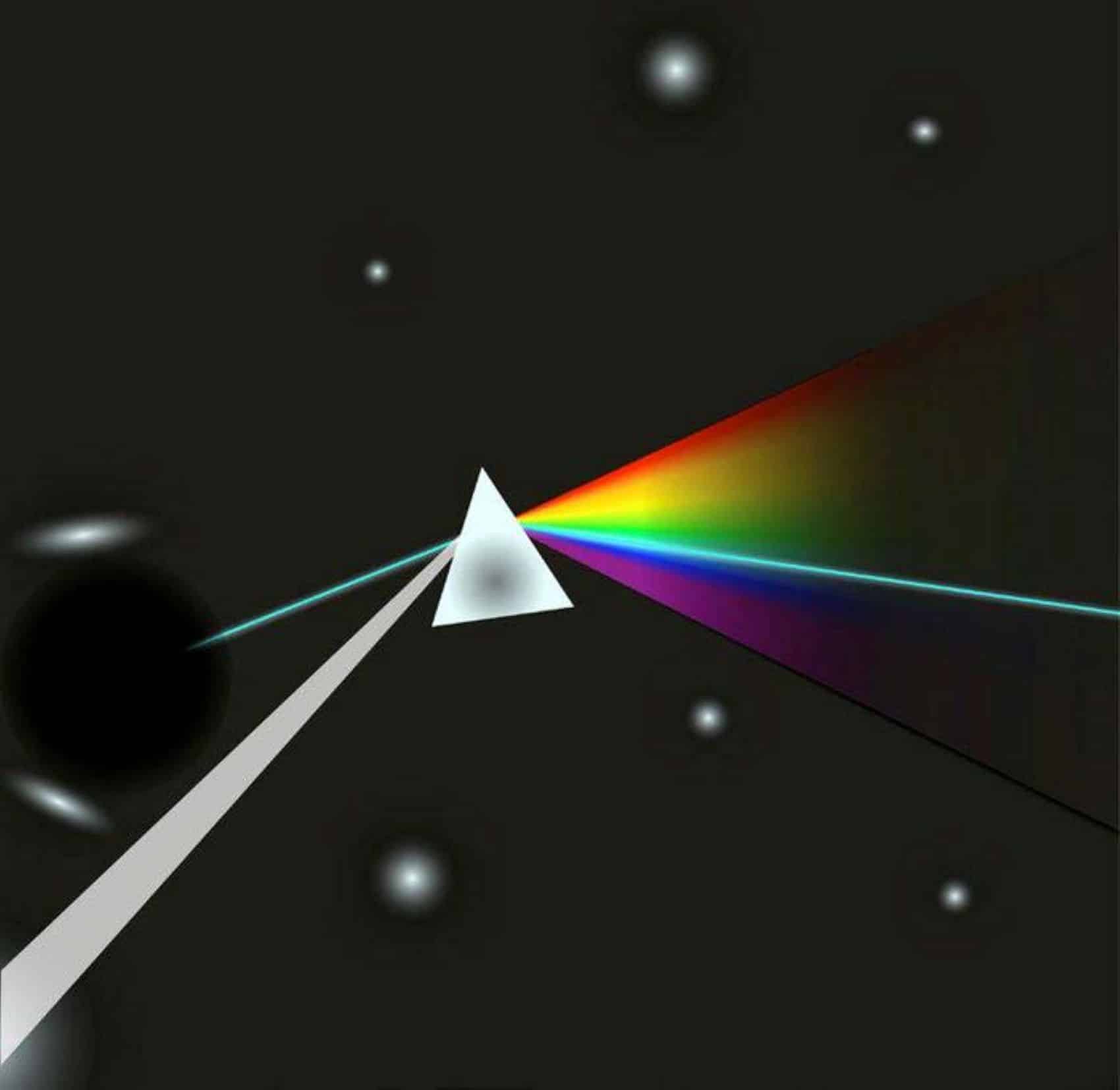
A team led by Tokyo Metropolitan University has made significant strides in the search for dark matter. Using advanced spectrographic technology and the Magellan Clay Telescope, they observed galaxies. With just four hours of observations in the infrared range, they set new limits on the lifetime of dark matter. Their findings demonstrate the power of their technology and expand the search to less explored parts of the spectrum.
For decades, cosmologists have noticed that galaxies rotate in a way that suggests there is more mass than we can see, dubbed “dark matter.” This elusive substance is challenging to study because it is invisible and has unclear properties.